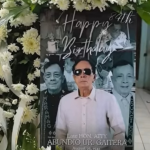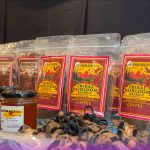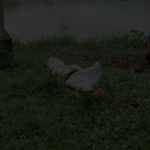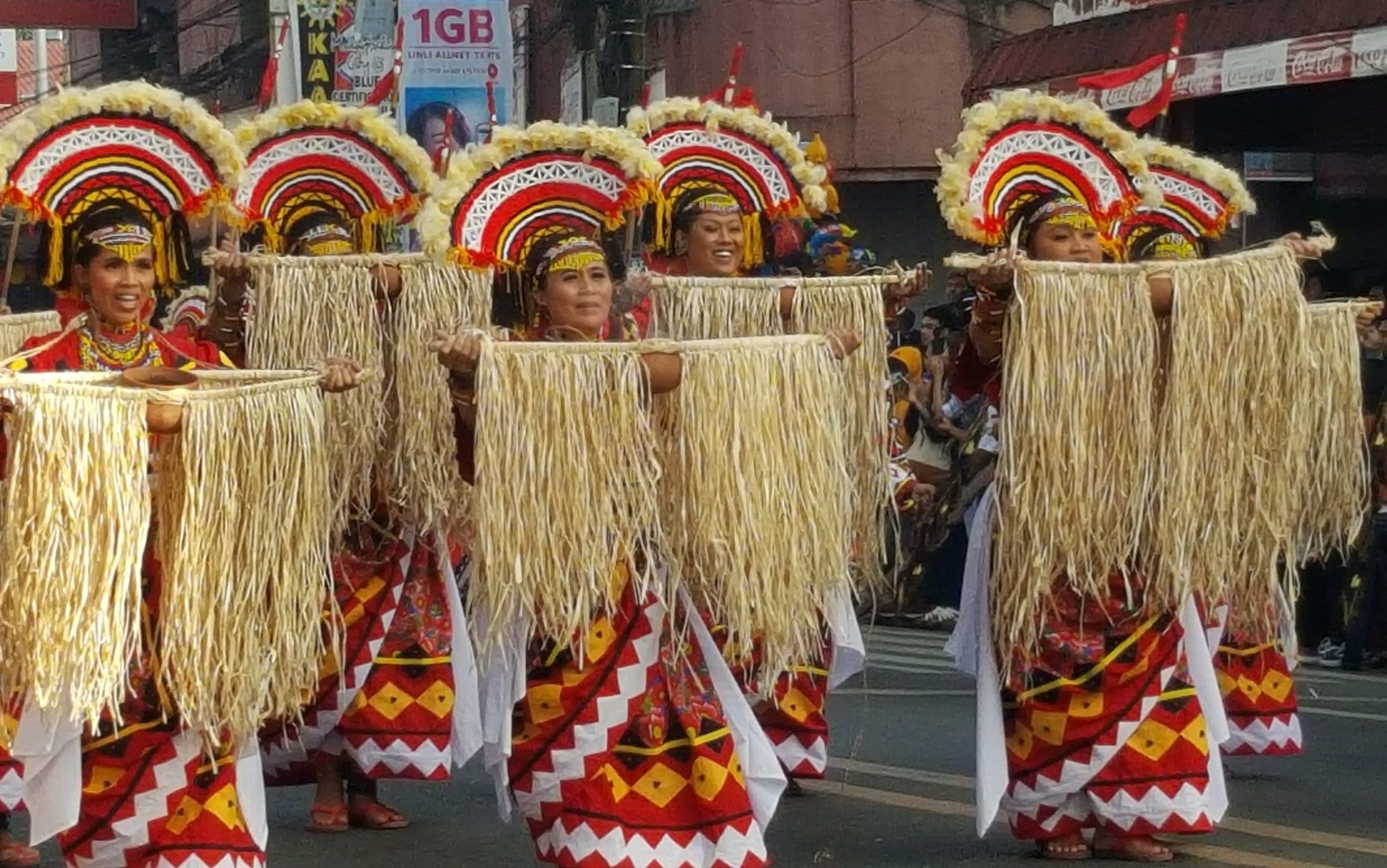MALAYBALAY CITY (BukidnonNews.Net/12 April 2025) – The annual street dancing competition draws the biggest crowd in Bukidnon’s month-long annual festival, the Kaamulan and one recurring theme that emerged in recent years is peace-making — whether between Bukidnon ethnic groups or with neighboring Maranaos and Maguindanaos.
The highlight: ethnic dances, rituals, and nanangen performed in vibrant presentations from the province’s seven ethnic groups. Dancers and floats showcase Bukidnon’s rich cultural heritage.
Presentations center on ethnic customs, traditions, and the life of epic heroes, like Agyu. They also portrayed the strong ties between nature and indigenous life, as well as rituals reflecting the spiritual-physical connection, in the indigenous peoples philosophy. The Kaamulan 2025 streetdancing and ground presentation competitions are held today here.
In 2023, Kalilangan’s ground competition entry won by presenting a traditional peace pact between the Menuvu and Meranaw after deadly pre-colonial battles, resolved through mediation and an inter-ethnic marriage.
Datu Migketay Victorino Saway of the Talaandig community said peace is deeply embedded in indigenous life, with rituals as vital tools for reconciliation.
“Every time we submit to a ritual, we seek to make peace,” he said, stressing the link between rituals and peacemaking.
Reconciliation, intermarriage
For 2025, Valencia City’s entry focuses again on peace-making. Based on a storyline released by choreographer Jose Benito Ronolo, the performance tells of a marriage between members of two rival tribes on opposite sides of the Pulangi River.
Titled Kahuluan Ta Valencia Migsabua, the story highlights the peaceful coexistence of the Menuvu/Manobo and Talaandig tribes, later marred by conflict over land.
In the story, the Pulangi, once a life source and boundary, becomes contested. A Saet war dance depicts the strife, until tribal leaders propose marriage between their children to end hostilities. The union brings peace, cultural cooperation, and renewed reverence for the Pulangi.
In 2023, Kalilangan’s presentation Kukuman ta Rezo recounted Apo Gapaw’s conflict with a group of Meranaws along the Maradugao River. Datu Romapa eventually mediated, which led to a Tampuda Hu Balagon (cutting of vines) ritual and a marriage between Apo Gapaw and a Meranaw woman, sealing the peace.
Peace agreements aren’t just folklore—they’re relived yearly, especially in Songco, Lantapan’s Talaandig community.
The IP-Moro kinship dates back centuries. Arab traders arrived in 1380, introducing Islam to many indigenous groups in southern and western Mindanao—long before Magellan’s 1521 arrival in Cebu.
Jar of peace
In 2011, Moro and Lumad leaders reaffirmed kinship. In 2012, they signed a five-point covenant promoting mutual respect (kilalaha), information sharing (sayuda), cooperation (buliga), protection (uyaga), and aid for the needy (pagbatunbatuna).
A monument was unveiled, showing a jar of oil—symbolizing peace—witnessed by the MILF peace panel and international monitors.
Malaybalay City’s 2011 entry, Kulahi Hu Kaglandang Iglalawan, won both street and ground competitions. It portrayed the Tampuda Hu Balagen, resolving centuries of conflict between the Maranaos, Talaandigs, Maguindanaons, and Manobos.
The story involved Apu Agbibilin, who left his eight children the “jar of peace.” Whenever there’s conflict, oil is poured from the jar and used to comb the hair of the disputants to “vanish angry hearts.”
Agbibilin’s children became ancestors of today’s Maranao, Maguindanao, Manobo, and Talaandig groups. After prolonged wars, Datu Malengmeng led peace efforts, culminating in inter-tribal marriages.
The story linked the first Kaamulan—a wedding feast—to this settlement. Malaybalay’s dancers also wore traditional Maranao and Maguindanao attire.
Strife and heroism
In 2011, common among the themes portrayed in the presentations were bloody battles. The warriors of the municipality of Kadingilan used actual bolos in their presentations. But there were also those that featured planting and harvesting rituals. Aside from peace pacts, other contingents featured courtship and heroism.
In 2012, Malitbog’s entry featured the Higaonon tribe’s Piglumunan hu mga Bagani (Legion of Warriors), defenders of the land. Their war with dumagats (lowlanders) over environmental exploitation ended with a Tambuda hu Balagon.
In 2015, Kitaotao’s entry told of Lumad-Moro peace after conflict involving sisters Apo Tambunaway and Apo Imamalu. When Tambunaway married Rajah Solaiman and embraced Islam, the sisters divided their domains to avoid conflict.
But strife ensued. After suffering and curses, both sides agreed to a blood compact.
“An agreement was reached that there will be no more atrocities. Since then, peace reigned among the Matigsalugs and the Muslims who consider themselves cousins,” the story ended.
As shown in past and present performances, Kaamulan’s street dancing has evolved into more than cultural showcase—it has also become a platform for retelling stories of peace-making rooted in the traditions of Bukidnon’s communities. Hopefully, this becomes an effective way to promote peace building, too.
“Kaamulan,” from the Binukid word “amul” which means “to gather,” was first celebrated in 1974, as part of the celebration of the Parochial fiesta of Malaybalay. (Walter I. Balane)









